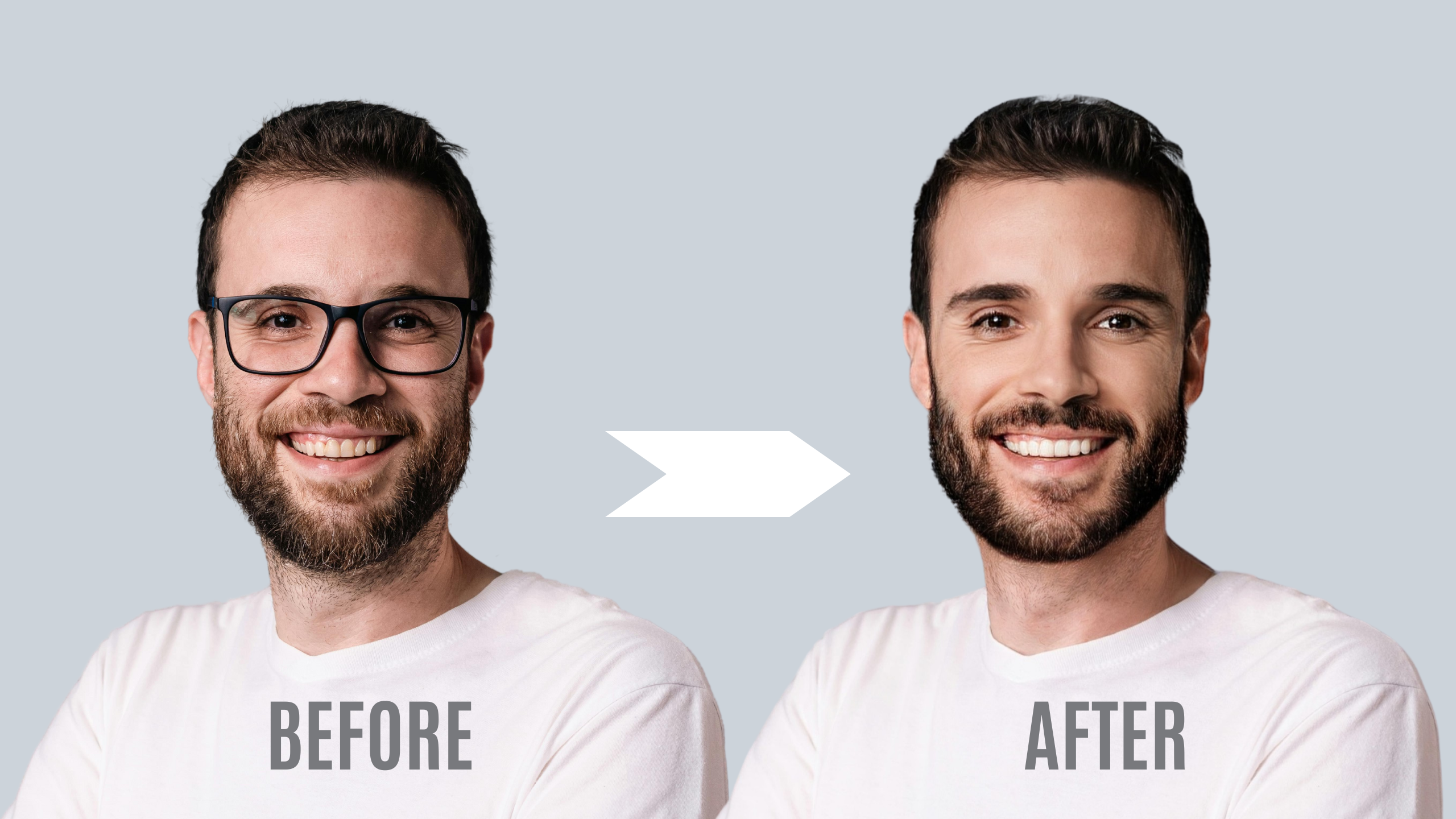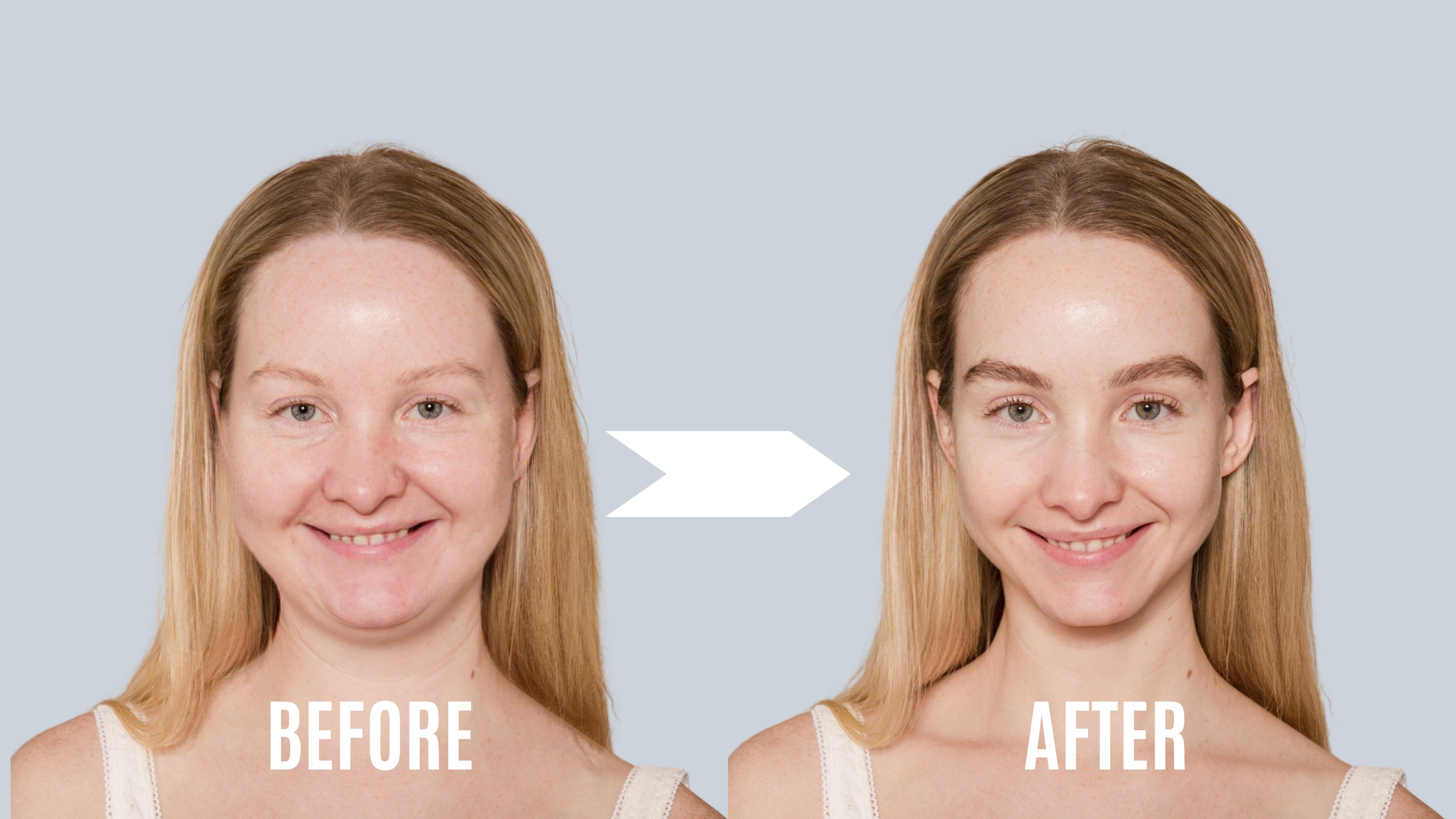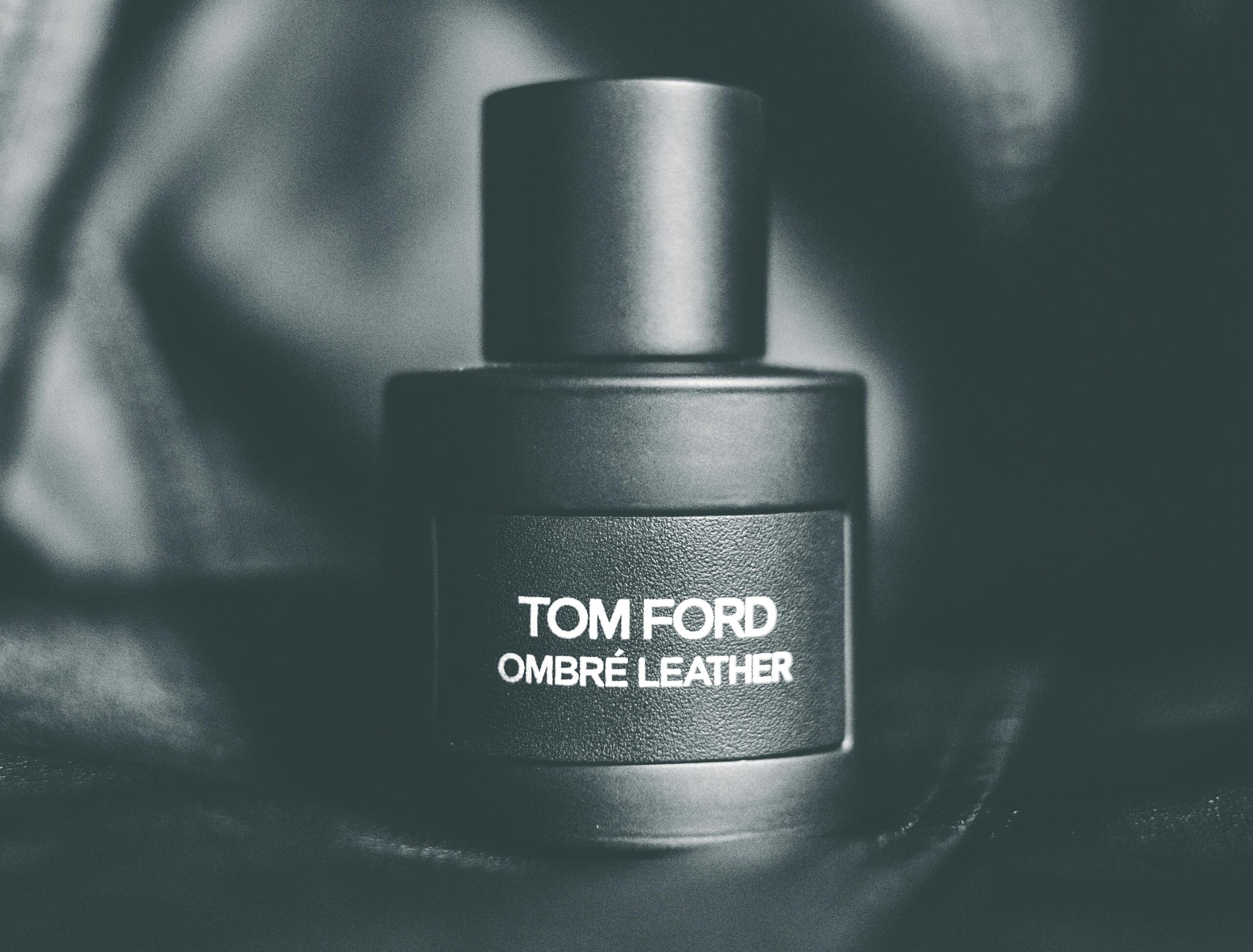Beauty standards for women are often shaped by society, history, where people live, and their culture. These ideas of beauty can be very different worldwide, showing how unique and diverse beauty is.
Learning about these differences helps us see that beauty doesn’t have just one meaning. It changes based on traditions, values, and the stories of each culture. This reminds us that beauty is truly personal and can mean something different to everyone.It’s time to understand how beauty standards differ across cultures and discover what is considered beautiful worldwide.
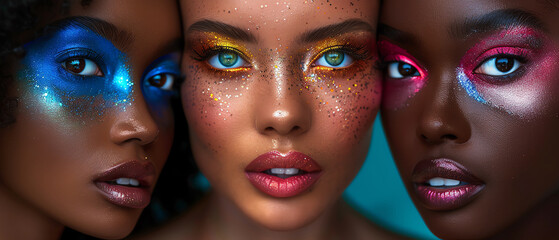
Western Beauty Standards
In Western countries such as America and Europe, the media usually determines what is ugly and beautiful. Common ideals include:
- A tall, slim figure is usually preferred.
- Clear, smooth skin is a significant focus.
- Blonde hair and blue eyes are often idealized, though there’s a growing appreciation for different features.
The media still defines Western beauty as much as these standards are such.
Traditional Beauty Ideals in Africa
In Africa, beauty standards can vary significantly by region, but some traits are commonly celebrated:
- Curves are highly admired, with fuller figures often linked to beauty and fertility.
- Natural hair textures, like afros and braids, are proudly embraced.
Scarification and tattoos are recognized as an essential form of beauty in certain cultures, representing identity or status.
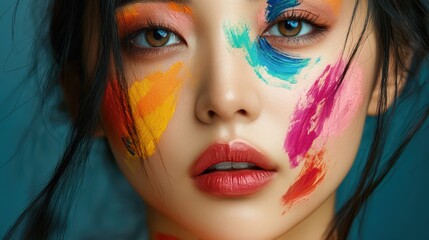
What Defines Beauty in Japan?
Japanese beauty standards originate from the splendor and the grace. Key features that define beauty include:
- Fair skin is highly prized, and many people use products to lighten their complexion.
- Large eyes with long lashes are often considered beautiful.
- A slender body and delicate features are idealized.
The Japanese notion of beauty lies in features that promote a youthful appearance, a gentle or silklike texture of the skin, and especially delicate and elegant prototyping.
Other Global Beauty Norms You Should Know
Across the globe, there are global beauty norms you should know:
- South Korea is famous for its focus on flawless skin, and skincare is a major part of their daily life.
- Latin American beauty often celebrates curvy bodies and bold facial features, like full lips and strong brows.
- In South Asia, lighter skin has traditionally been ideal, but there’s a growing movement embracing darker skin tones.
HowToLooksMax offers tips to embrace your style confidently.
Final Thoughts- Understanding Women’s Beauty Standards Worldwide
Understanding women’s beauty standards worldwide shows how beauty can be different everywhere, yet it’s also something we all share.
Whether it is fine African thick lips, big eyes in Japan, or curvy women in Latin America, beauty takes on many forms.
Accept yourselves and other people from around the globe as you are different and beautiful in your ways.For more inspiration, visit HowToLooksMax and explore the world of beauty together!
What is Hardmaxxing? 10 Examples of Hardmaxxing
If you are into the whole beauty and grooming culture, you might have heard the term ‘hardmaxxing’ in recent years. But you may wonder, what the hell is hardmaxxing? Well, just like softmaxxing, hardmaxxing falls under the umbrella of looksmaxxing. And if you don’t know what looksmaxxing is, here is a quick definition. What is…
What is Softmaxxing? 10 Examples of Softmaxxing
If you clicked on this article, then you are probably asking yourself, “What is softmaxxing?” Softmaxxing is just like hardmaxxing, part of the continuing global trend of looksmaxxing, which you might have heard about if you have been a bit active on social media these last two years. But if you don’t know what looksmaxxing…
Top 10 Most Unique Men’s Fragrances
If you are tired of all the same boring fragrances people are constantly talking about, then this list is for you. If you don’t want to smell like everyone else, like the typical Jean Paul Gaultier Elixir, Dior Sauvage, or Bleu de Chanel, then keep reading. We have selected the most interesting, unique, and head-turning…
